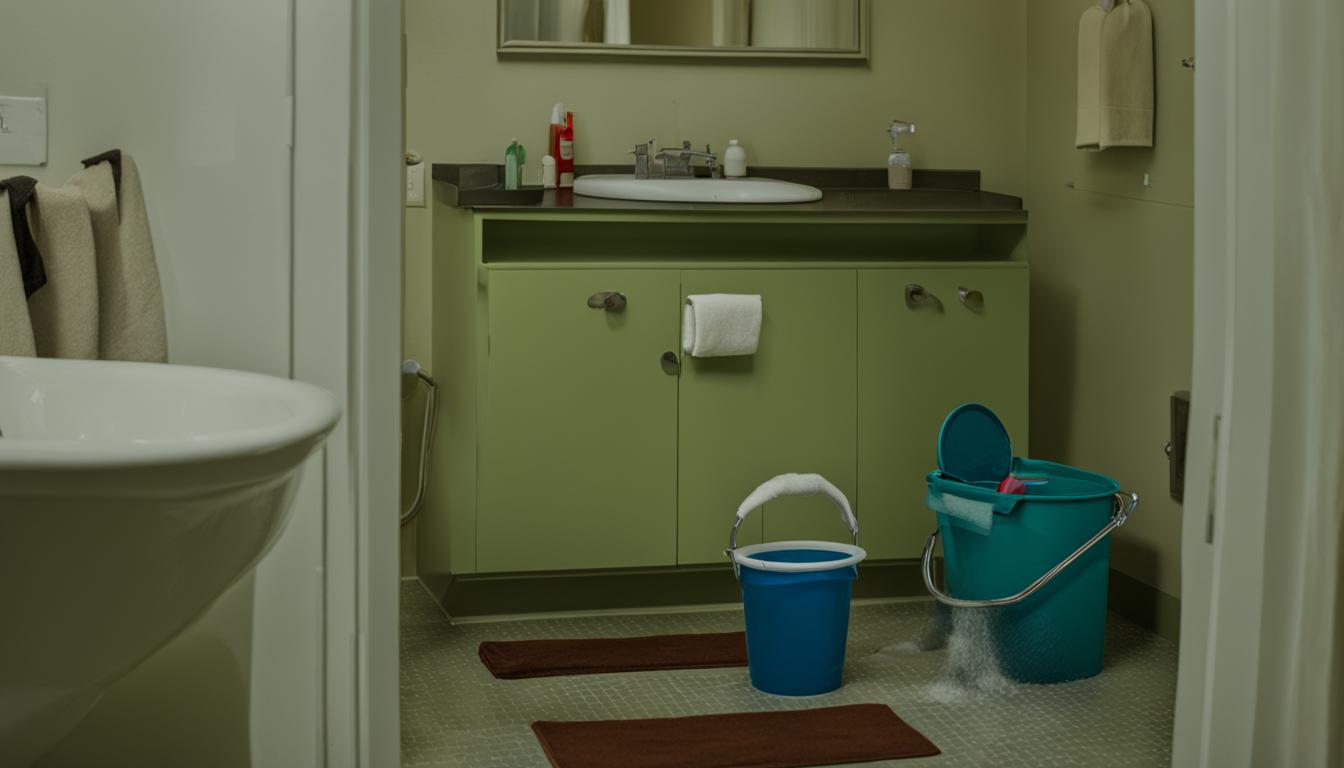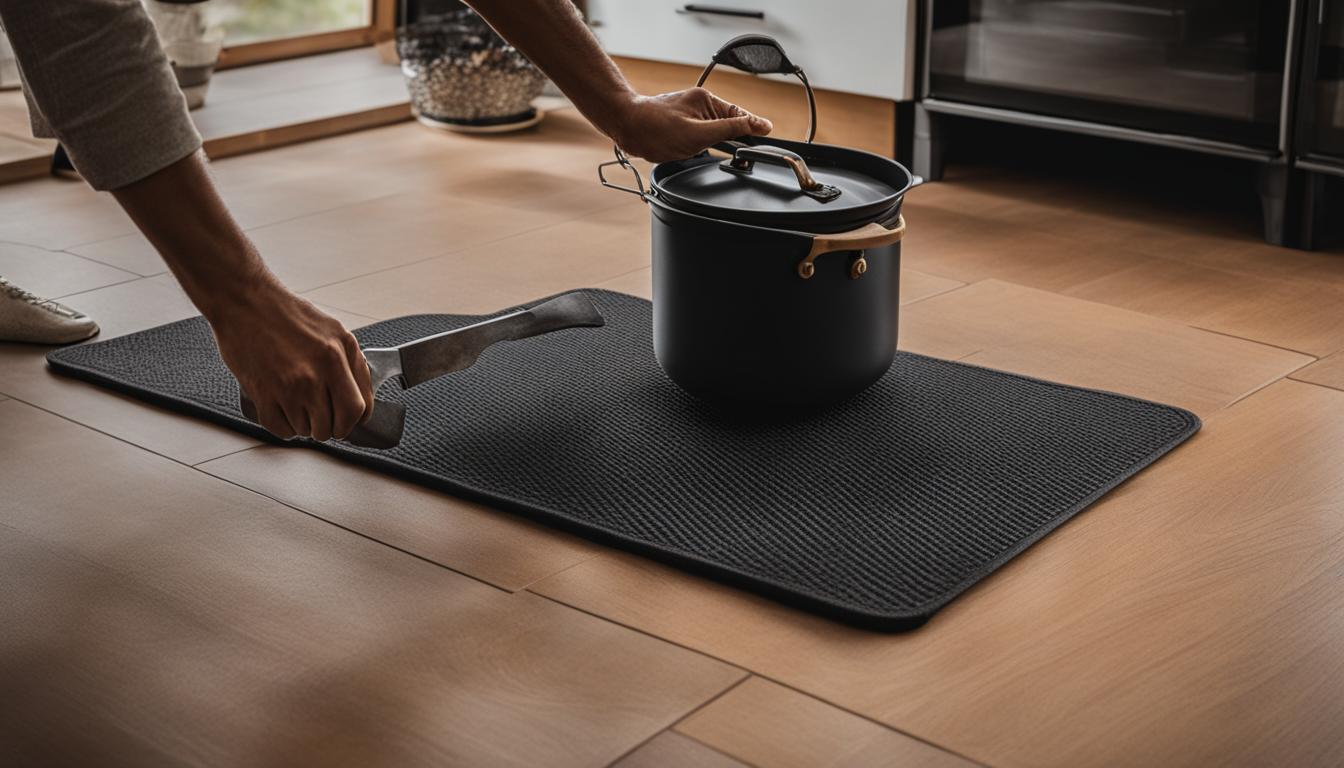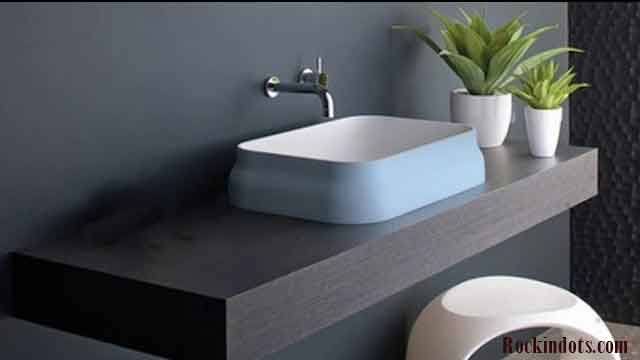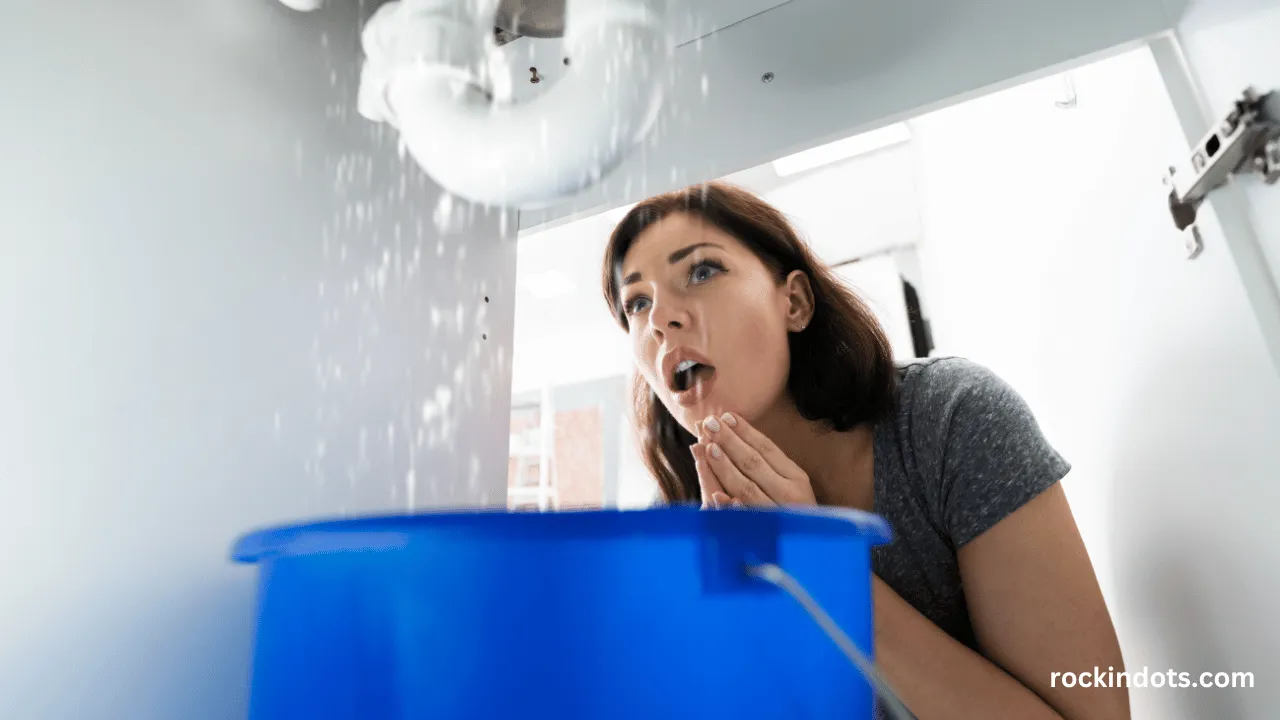Fixing a flooded bathroom can be an exhausting challenge, whether due to burst pipes, overflowing toilets or natural disaster. Knowing how to quickly and effectively restore Clean a Flooded Bathroom it quickly is crucial; in this guide we’ll walk through each of the steps required to clean and restore your flooded bathroom.
Contents
Common Causes of Bathroom Flooding
Possible causes of bathroom flooding
- Burst or leaking pipes
- Clogged drains or toilets
- Malfunctioning plumbing fixtures
- Heavy rainfall or storms
- Sewer backups
Knowing the possible causes will help you avoid future incidents and take preventive measures.
Tips for some bathroom flood prevention
To minimize the risk of bathroom flooding, consider implementing the following preventive measures
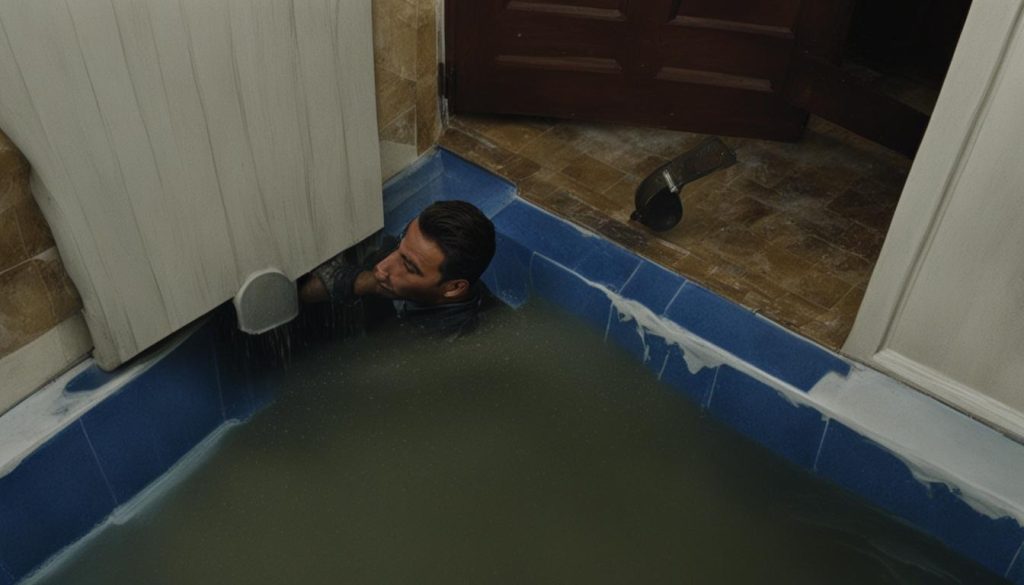
- Regularly inspect and maintain plumbing fixtures
- Avoid flushing items that can clog drains or toilets
- Install flood sensors or leak detection devices
- Keep gutters and downspouts clear of debris
- Consider installing a backwater valve to prevent sewer backups
Steps to Stop the Water Source and Shut off Electricity
If you discover a flooded bathroom, it’s essential to act quickly to minimize damage. Follow these steps
- Stop the water source: Locate the main water shut-off valve and turn it off to prevent further water flow.
- To avoid electrical hazards first switch off the power supply and switch off the power supply to the affected area at the breaker box.
Removing Standing Water and Promoting Air Circulation

After stopping the source of water and ensuring safety, permanent water removal and air circulation should be provided to dry it.
- Use a wet-dry vacuum or mop to remove excess water from the floor.
- Keep windows and doors open to allow air to circulate and dry wet areas.
- Use fans and dehumidifiers to accelerate the drying process and prevent mold growth.
Benefits of Promoting Air Circulation
- Reduces moisture levels
- Prevents mold and mildew growth
- Helps dry out structural materials and furnishings
Checking for Additional Water Damage and Contacting Insurance
Once standing water has been eliminated from your bathroom, carefully examine for signs of water damage such as warped floors, water stains or peeling paint. If your insurance covers water damage claims, contact them as soon as possible and get guidance regarding restoration steps and any needed reimbursement payments.
Conclusion
Coping with flooded bathrooms requires mitigation strategies and preventative measures. You can minimize the effects of bathroom flooding by following the steps outlined in this guide.

